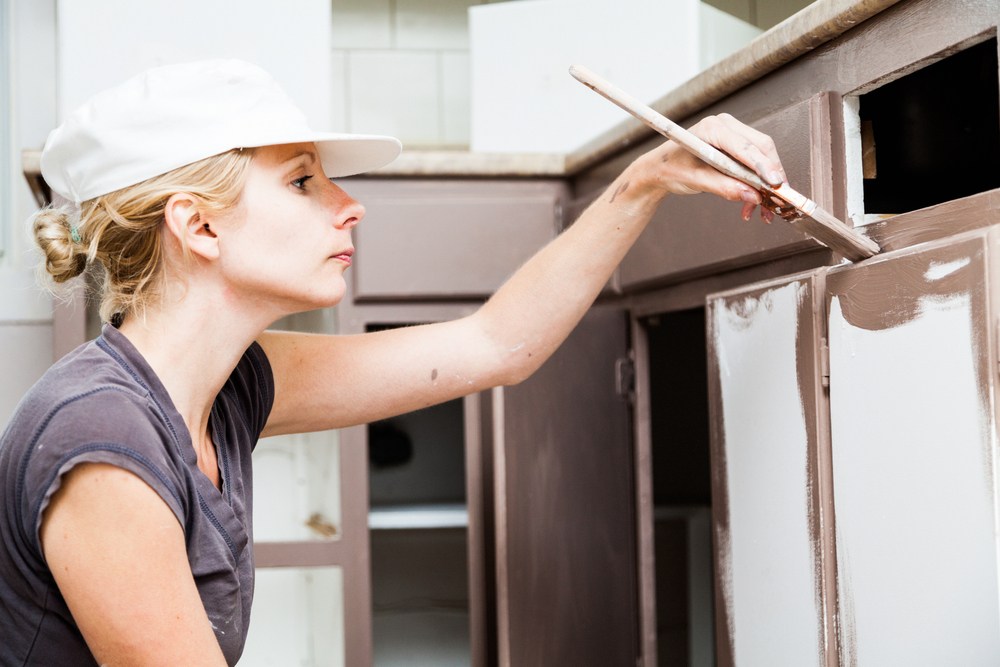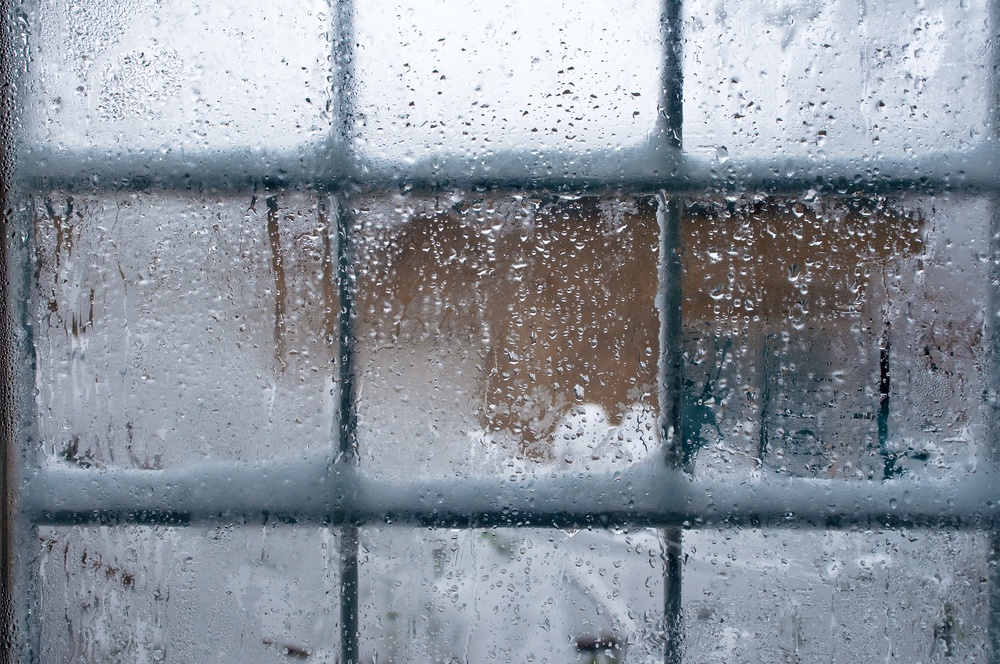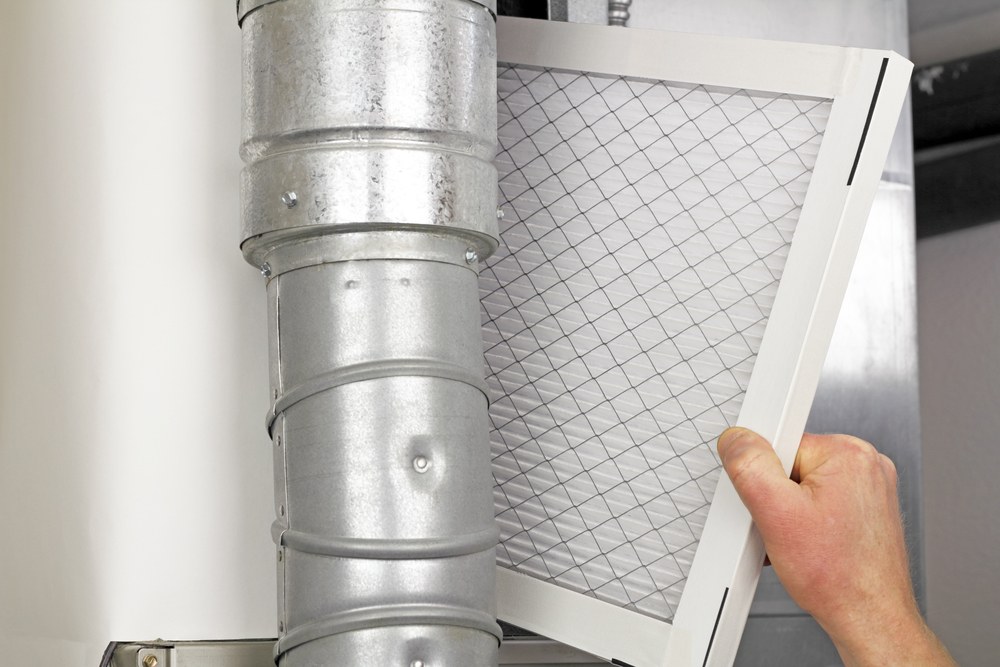 Windows truly do play an important role in our homes. They keep rain and snow out, help keep us warm during the winter, and let us keep an eye on what’s going on outside our homes. But aside from those benefits, how else can vinyl replacement windows make your home a nicer place to be?
Windows truly do play an important role in our homes. They keep rain and snow out, help keep us warm during the winter, and let us keep an eye on what’s going on outside our homes. But aside from those benefits, how else can vinyl replacement windows make your home a nicer place to be?
Improved Curb Appeal
Replacing the windows in your home can have a very drastic impact on your home’s exterior appearance. Windows are a major architectural feature of your home, so much so that many designers like to say that windows are the eyes of your home. Making what seems like it would be a subtle change can really do a lot to give your home’s exterior a lift.
More Natural Light
Want more natural light in a room? Replacing an existing window with a different style that will let more light in, such as a bay window, may be an option for you. Since bay windows extend outward, they create a greater view of your yard and help bring in more light. It may also be possible for you to have a window enlarged. The more natural light you get in your home, the less you’ll have to rely on electrical lights and the lower your energy bills will be.
Create a Cozy Nook
Bay and bow windows can have a lot of amazing benefits, such as improving your view and making rooms seem larger than they actually are. But one reason many homeowners love bay and bow windows is because they create the perfect space for a nook where you can sit and relax, read a book, or just enjoy your view while having a cup of coffee. You can also use the space by a bay window to display things like houseplants or family photos.
Unique Shapes
Although windows are most commonly square or rectangular in shape, those are hardly the only options for window styles. Windows are available in many different shapes, including circular, half-circle, hexagon, pentagon, octagon, triangle, and many more. Choosing a more unusual window shape is an excellent way to add some visual interest to your home in an unexpected way, particularly in areas like hallways. These types of windows can be used alone or to enhance other windows or doors in your home, such as by placing a half-circle window above an existing door or window.









